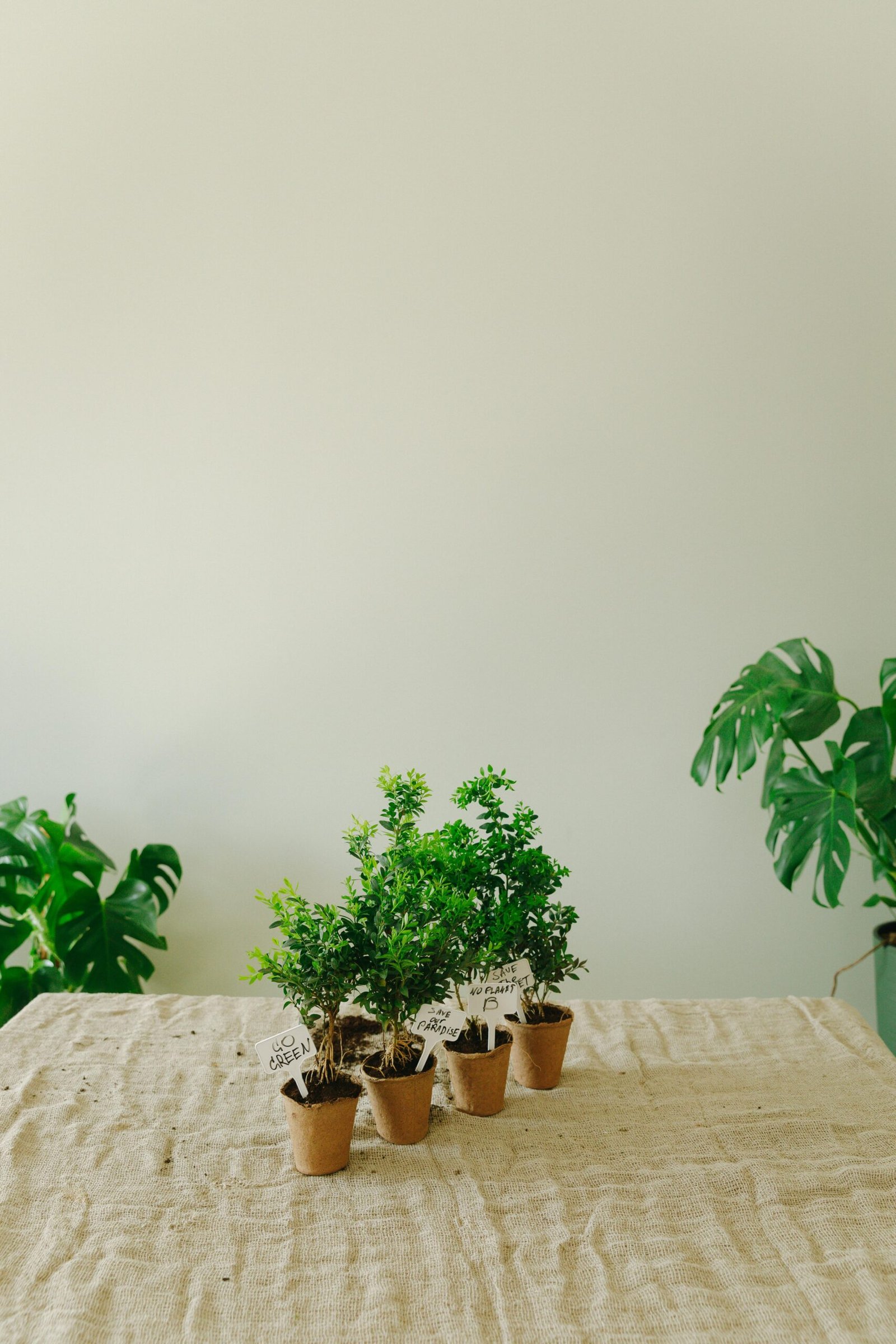Leaf scorch, characterized by brown, crispy edges or spots on leaves, is a common issue for indoor plants. While it can be disheartening to see your plants suffer, understanding the causes and taking the right steps can help restore their health.
1. Check for Light Exposure
One of the most common causes of leaf scorch is excessive exposure to direct sunlight. Many indoor plants, especially those native to tropical environments, prefer bright but indirect light. When exposed to too much direct sunlight, their leaves can burn, leading to scorched edges. To prevent this, move your plants to a location where they receive filtered light or indirect sunlight. East-facing windows are usually ideal, as they provide gentle morning sun without the harsh afternoon rays.
2. Monitor Humidity Levels
Indoor plants, especially those with delicate foliage, often suffer from leaf scorch in environments with low humidity. Dry air can cause the edges of leaves to dry out and turn brown. To increase humidity, consider placing a humidifier near your plants, misting them regularly, or placing them on a tray filled with water and pebbles. Grouping plants together can also create a microenvironment with higher humidity.
3. Adjust Watering Practices
Inconsistent watering can also contribute to leaf scorch. Underwatering can cause the leaves to dry out and scorch, while overwatering can lead to root rot, which affects the plant’s ability to absorb water, resulting in similar symptoms. Ensure you’re watering your plants consistently and that the soil is well-drained. Allow the top inch of soil to dry out before watering again, and always use pots with drainage holes to prevent water from pooling at the roots.
4. Fertilize Wisely
Over-fertilization can lead to a build-up of salts in the soil, which can burn the roots and cause leaf scorch. To avoid this, use a balanced, water-soluble fertilizer and follow the recommended dosage. It’s also a good idea to flush the soil with water occasionally to remove any excess salts.
5. Inspect for Pests
Some pests, like spider mites, can cause damage that resembles leaf scorch. Regularly inspect your plants for signs of pests, such as tiny webs or discolored spots, and treat any infestations promptly with insecticidal soap or neem oil.

